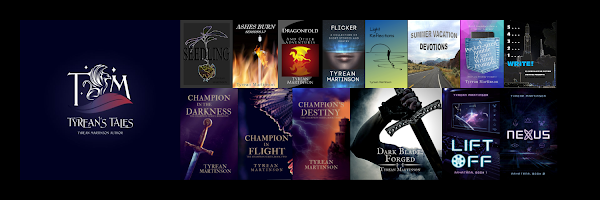Magic and mythical creatures are cool, but political intrigue can make our stories come alive in ways that stick with us. Tangles of power, loyalty, and difficult choices keep us guessing about what the characters will do at every turn.
In my Dark Blade Trilogy, I've explored how politics shapes not just kingdoms, but the very souls of those caught in its web. Take Dan, a junior Lord of Septily, who discovers his family's involvement in the slave trade while training with the Watch Guard. Talk about a gut punch. But here's where it gets interesting – political systems don't just create problems, they create crucibles for character growth.
Think about it. When Dan trains alongside Prince Alex and Farrald, a merchant's son, they're not just learning combat moves. They're navigating a complex dance of class differences, competing loyalties, and personal dreams that clash with duty. The Watch Guard isn't just another fantasy military organization – it's an interkingdom agency that forces characters to think beyond their local power structures.
Here's something I've learned while crafting these stories: political intrigue works best when it's personal. Sure, we could talk about trade agreements and border disputes (yawn), but what really grabs readers is watching characters wrestle with choices that pit their hearts against their duties. Prince Alex wants to return to his kingdom, Farrald dreams of life as a Shepherd, and Dan seeks to distance himself from his family's dark legacy. Each character's personal journey intertwines with larger political forces, creating tension that drives the story forward.
But let's zoom out for a moment. Fantasy as a genre has always been fertile ground for exploring political themes. Look at how George R.R. Martin's A Song of Ice and Fire uses political machinations to examine human nature, or how N.K. Jemisin's Broken Earth trilogy weaves systemic oppression into the very fabric of its world. These stories work because they understand that politics isn't just about who sits on the throne – it's about how power shapes people and societies.
In The Dark Blade Trilogy, the Watch Guard serves as an organization that transcends kingdom boundaries, forcing characters to grapple with loyalties that extend beyond their homeland. Through their training, Dan, Alex, and Farrald don't just learn fighting techniques – they learn to see their world from new perspectives, forming alliances that challenge their preconceptions.
What makes political intrigue truly compelling in fantasy isn't the complexity of the schemes (though those are fun), but how they force characters to grow. When Dan uncovers his family's involvement in slavery, he faces a choice that will define not just his future, but potentially the future of Septily itself. These are the moments that transform political intrigue from mere plot devices into powerful tools for character development.
For writers crafting their own fantasy worlds, remember that effective political intrigue grows organically from your world's unique characteristics and the conflicts your characters face. The Watch Guard works as a political entity because it makes sense within the world's structure, creating natural tensions between local and interkingdom interests. These tensions provide endless opportunities for character growth and conflict.
Political intrigue in fantasy allows us to explore very real human dynamics in settings unbound by historical constraints. Through Dan's journey from privileged lord to questioning trainee, through Alex's struggle between personal desire and royal duty, through Farrald's dream of a simpler life, we see how political systems shape destinies and force characters to define themselves in relation to power.
What's your take on political intrigue in fantasy? Have you ever found yourself surprisingly invested in fictional politics? Drop a comment below – I'd love to hear your thoughts on how political elements enhance or complicate your favorite fantasy stories.
Read Dark Blade Forged or check out the No Spice Fantasy Book Funnel for February 2025!



.png)